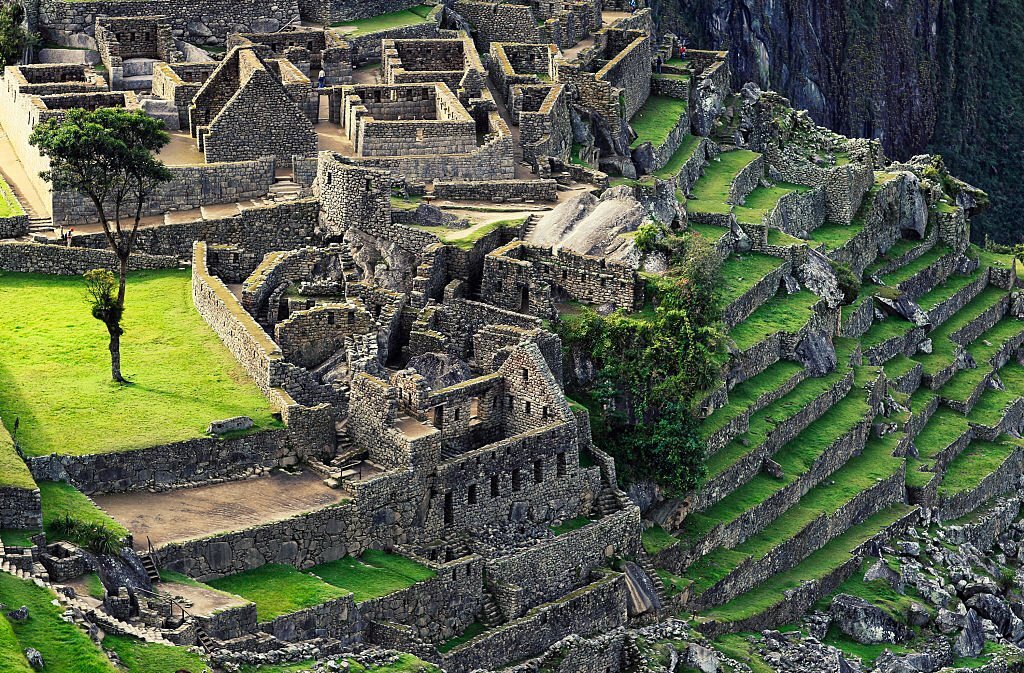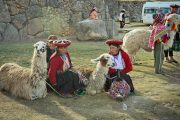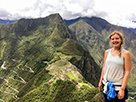Nestled high in the Andes, the ancient Inca citadel of Machu Picchu stands as a testament to the ingenuity and sophistication of the Inca civilization. Amidst the awe-inspiring architecture and breathtaking landscapes, the Royal Tomb, a significant archaeological discovery, adds an extra layer of intrigue to this UNESCO World Heritage Site. This sacred space, hidden within the heart of Machu Picchu, provides a glimpse into the religious and ceremonial practices of the Inca elite.
1. Discovery and Significance:
The Royal Tomb was discovered by renowned American archaeologist Hiram Bingham during his explorations of Machu Picchu in 1912. Situated in the southern part of the citadel, the tomb is a subterranean chamber carved into the bedrock, revealing an array of artifacts and ceremonial features. Its location within the royal sector suggests a place of great importance and spiritual significance.
2. Architectural Features:
The Royal Tomb displays the impeccable stone masonry characteristic of Inca construction. The chamber, carved directly into the bedrock, features carefully cut stones forming the walls and ceiling. The precision of the stonework, combined with the intentional layout of the space, indicates the meticulous planning and craftsmanship employed by the Inca builders.
3. Ritual Function:
While the exact purpose of the Royal Tomb is still a subject of scholarly debate, it is widely believed to have served a ceremonial or ritualistic function. The chamber contains niches and ledges that may have held ceremonial offerings or funerary objects. The presence of ceremonial features suggests that the space was used for religious practices, possibly tied to the Inca’s reverence for their ancestors and spiritual beliefs.
4. Burial Customs:
Despite its name, there is no evidence to suggest that the Royal Tomb functioned as a burial site. Instead, it appears to have been a space dedicated to rituals and ceremonies associated with the Inca elite. The Inca civilization had complex burial customs, often involving elaborate tombs and mummies, but the Royal Tomb deviates from this pattern, emphasizing its unique role in the spiritual life of Machu Picchu.
5. Astronomical Alignments:
One intriguing aspect of the Royal Tomb is its potential alignment with astronomical phenomena. The Inca were skilled astronomers, and many of their constructions displayed careful alignment with celestial events. Some researchers propose that the orientation of the Royal Tomb may have held symbolic or ritualistic significance related to celestial observations, adding an astronomical layer to its mysterious allure.
6. Artifacts and Offerings:
Excavations within the Royal Tomb unearthed a variety of artifacts, including ceramics, textiles, and religious objects. These findings provide valuable insights into the material culture of the Inca elite and their religious practices. The careful placement of these objects within the tomb suggests a deliberate arrangement, emphasizing the ceremonial importance of the space.
7. Preservation Efforts:
Preserving the Royal Tomb and its associated artifacts is a priority for conservation efforts at Machu Picchu. Ongoing initiatives focus on maintaining the integrity of the site, preventing deterioration, and implementing measures to minimize the impact of tourism. The delicate nature of the Royal Tomb underscores the importance of responsible tourism and archaeological stewardship.
8. Visitor Experience:
While the Royal Tomb itself is not open to the public to ensure its preservation, visitors to Machu Picchu can explore the surrounding royal sector and witness the architectural and spiritual grandeur of this ancient citadel. Guided tours provide context and interpretation, allowing visitors to appreciate the historical and cultural significance of the Royal Tomb and its place within the broader narrative of Machu Picchu.
In conclusion, the Royal Tomb of Machu Picchu remains an enigmatic and sacred space within the sprawling archaeological complex. As researchers continue to unravel its mysteries, this subterranean chamber stands as a testament to the Inca’s spiritual connection with the cosmos and their sophisticated approach to ceremonial practices within the heart of one of the world’s most iconic ancient cities.
Book your ticket here.










Comment (0)